
6 minute read
renewable energy solar panels
What are the benefits?
- Cut your electricity bills
- Reduce your carbon footprint
- Receive payments for extra energy you generate
How do solar panels work?
A solar PV panel consists of many cells made from layers of semi-conducting material, most commonly silicon. When light shines on this material, a flow of electricity is created.
The cells don’t need direct sunlight to work and can even work on cloudy days. However, the stronger the sunshine, the more electricity generated. Solar PV systems are made up of several panels, with each panel generating around 355W of energy in strong sunlight. Typical systems contain around 10 panels and generate direct current (DC) electricity. Because the electricity used for household appliances is alternating current (AC), an inverter is installed along with the system to convert DC electricity to AC. This electricity can be used throughout your home, or exported to the grid.
Are solar panels right for me?
Do you have enough space? Space is a key consideration. The average system size is around 3.5kWp and this will typically take up around 20m2 roof area.
An unshaded, South facing roof is ideal for maximum electrical output. East or West facing roofs could still be considered, but North facing roofs are not recommended. A system facing East or
West will yield around 15-20% less energy than one facing directly South.
Shaded roofs. Any nearby buildings, trees or chimneys could shade your roof and have a negative impact on the performance of your system.
Finding an unshaded spot is best, however sometimes shading is unavoidable. Some solar PV systems can minimise the impact of shading using ‘optimisers’. If you don’t have shading, the use of optimisers is not necessary or beneficial, other than the increased monitoring opportunities they offer –they won’t generate more energy.
Do I need permission to install a solar PV system?
Solar PV panels are considered ‘permitted developments’ and often don’t require planning permission. However, exceptions apply and it’s best to check with your local planning office for guidance. If you live in a listed building, conservation area or national park, additional restrictions may apply.

Solar electricity panels, also known as photovoltaics (PV), capture the sun’s energy and convert it into electricity that you can use in your home. By installing solar panels, you can generate your own renewable electricity.
If you’re planning to install a solar PV system in your home, you must register it with your Distribution Network Operator (DNO). The DNO is the company responsible for bringing electricity to your home. Usually, your installer will register the device for you.
Thinking of installing solar panels?
Use the Energy Saving Trust’s solar energy calculator to get a better idea of the benefits you may see from installing a solar PV system. www.pvfitcalculator.energysavingtrust.org.uk
Benefits of solar electricity
Cut your electricity bills
Sunlight is free, so once you’ve paid for the initial installation, your electricity costs will be reduced. Find out how much you could save by using the Solar Energy Calculator.
Cut your carbon footprint
Solar electricity is low carbon, renewable energy. A typical home solar PV system could save around one tonne of carbon per year, depending on where you live in the UK.
Getting the most out of your solar PV system


Reduce your electricity use
During daylight hours, you’ll be generating electricity even on cloudy days, but if you’re using more power around your home than your panels are generating, or during the evening when your panels are not generating any electricity, you’ll be supplementing this by importing electricity from the grid.
Reducing your electricity use can help lower your bills and reduce your carbon footprint. If you’re claiming a Smart Export Guarantee tariff, you’ll receive a payment for every unit of electricity you export. Remember to turn devices off and avoid standby.
Use more electricity during the day
As your solar PV system will be working at its peak during daylight hours, it’s a good idea to run your electrical appliances such as your washing machine, dishwasher, and iron during the day. If you’re at home, then this may be easier to do, but if you are away during the day, you could try setting timers for your dishwasher and washing machine.
Combine with other renewable systems
You can combine solar PV with other renewable technologies such as heat pumps or solar hot water systems. These technologies work well with each other, as solar PV could help power a heat pump, for example, or several of these systems could feed into a thermal store.
For more information on costs and savings visit https://energysavingtrust.org.uk/
“I can’t recommend this firm highly enough. Lewis is an absolute testament to the word ‘Professional’. The job was run with the utmost attention to even the finest of details. Every challenge was discussed, thought through, executed and overcome perfectly. It was an absolute pleasure dealing with L&E Leadwork and Roofing Services and I would encourage anyone in need to employ their services”

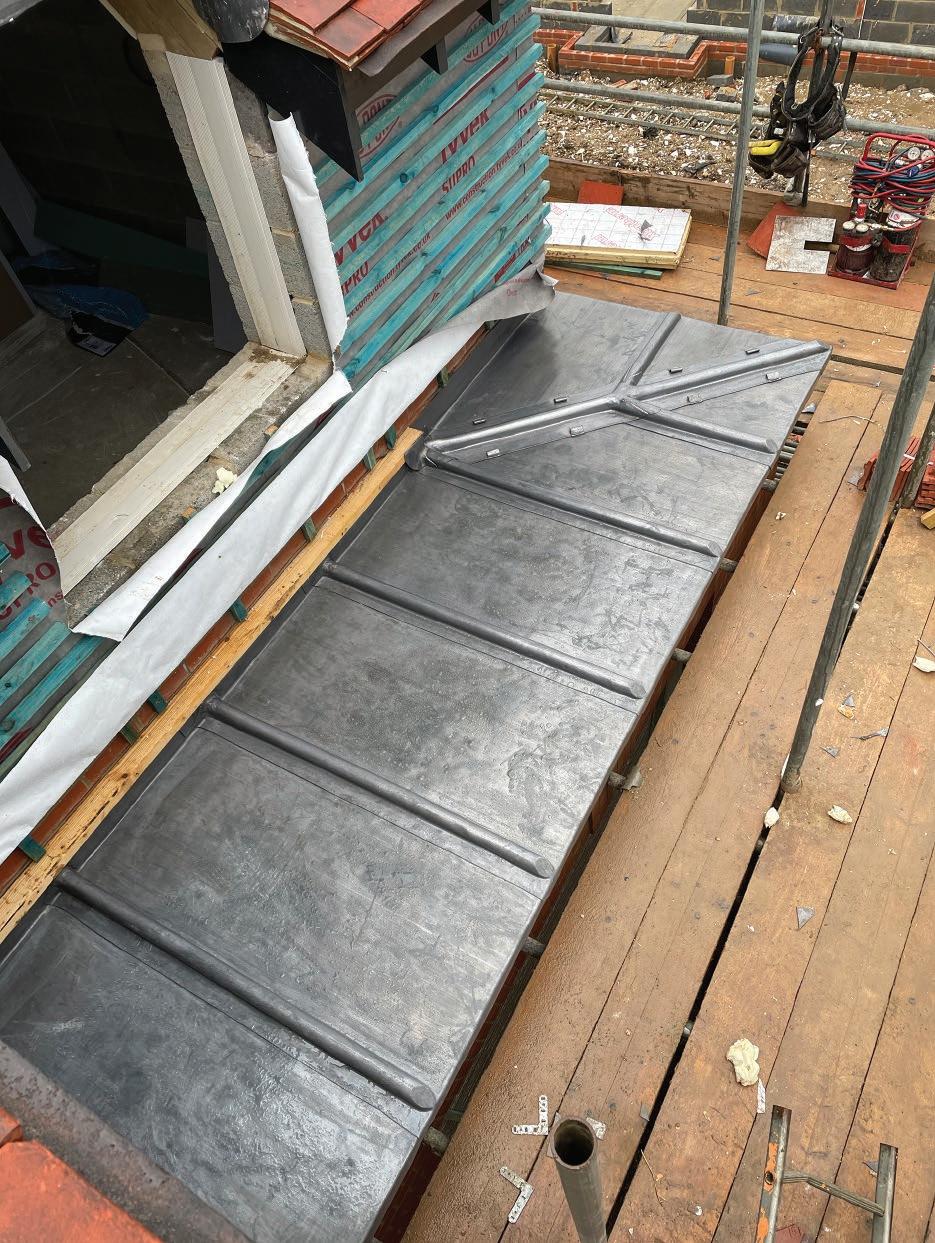
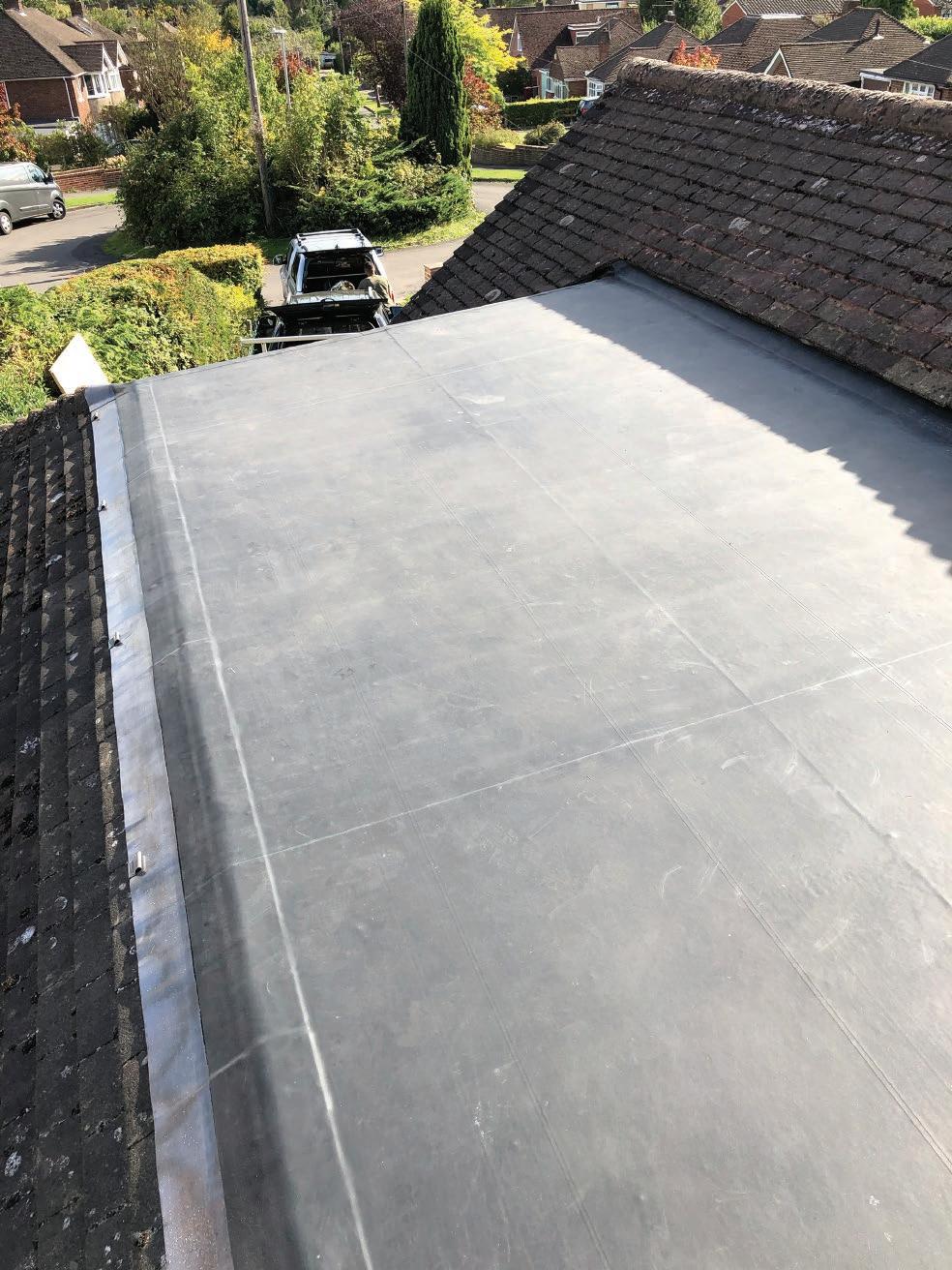
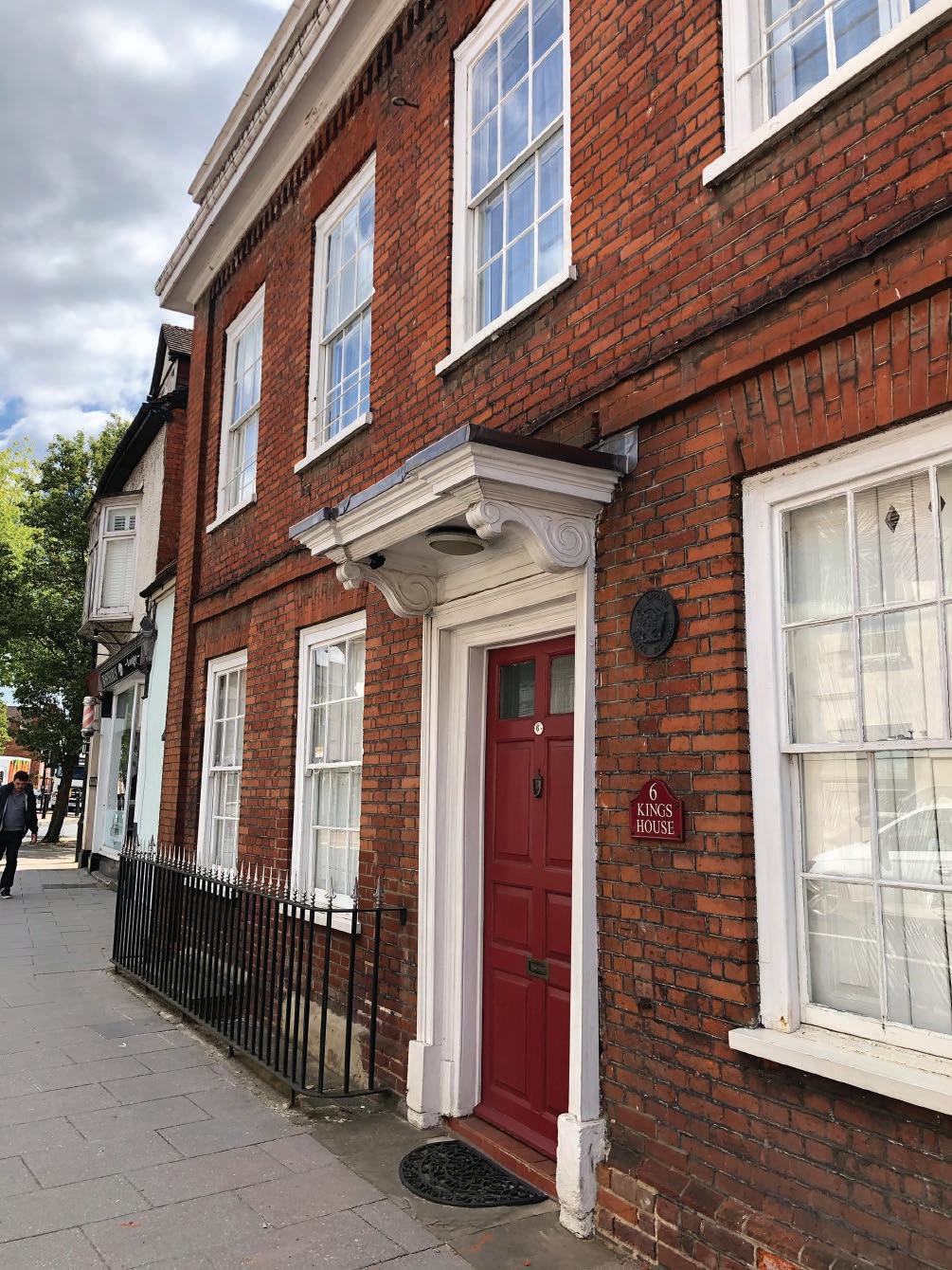

“Lewis and his team did the roofing on a large extension in Caversham- Felt and batten, tiling, leadwork. I only have good things to say: His quality of work is of the highest standard. His team are all friendly and polite. They all worked really hard to get the job done ahead of schedule. I would highly recommend L&E Leadwork”
At L&E Leadwork and Roofing Services our main priority is our quality of work. Having an expert in every aspect of roofing within our business, we pride ourselves in providing work of the highest standard. Whether it be a Pitched Roof, Flat Roof, Leadwork, Chimney repairs or small repairs, you can be confident in the knowledge that you have the very best specialist to under take your project. With over 15 years worth of knowledge and expertise we are justifiably proud of our reputation. We now offer solar panel installations, please get in touch for all the benefits of installing solar to your property.


Holtham+Newman Architects are a RIBA Chartered Architects practice based in Berkshire. We take a client-centred approach to every project and are committed to providing excellent design and planning services. Co-founded by David Holtham and Lucy Newman, both RIBA Chartered Architects, Holtham+Newman is a partnership with over 45 years’ experience in architecture and design across London and the Thames Valley.
From small alterations and renovations to home extensions and new builds, our practice has extensive knowledge and experience of the entire design and construction process.
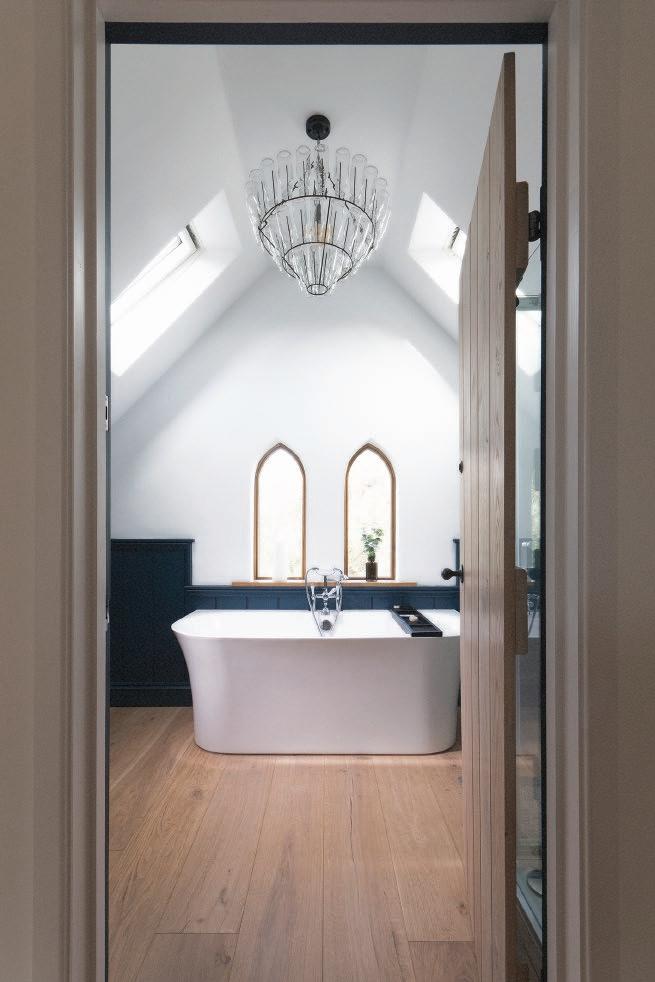
We are always fully committed to realising our clients’ vision, often going above and beyond their expectations.
Depending on the scale of your project, Holtham+Newman can offer a full and comprehensive Architectural service, from initial feasibility studies to completion on site. This includes outlining scheme design options for your consideration, without limitation on the number of ideas produced. We will meet with you at regular intervals and offer flexible times that fit in with your own work/life schedule.


“Lucy has worked tirelessly for our company throughout this challenging project, liaising and dealing with an incredibly difficult planning authority. Her professionalism throughout the process has been exemplary and we wouldn’t hesitate to recommend her services.”
Holtham+Newman Client, Berkshire
“Being complete novices with getting any building work done, David has been a great help. He’s always very professional and friendly, and from his first visit, we were amazed at how much time and effort he’s put in in producing our plans. By regularly visiting us and providing valuable ideas, we were able to work together to adjust our plans until we reached our ideal layout.”
Holtham+Newman Client, Berkshire


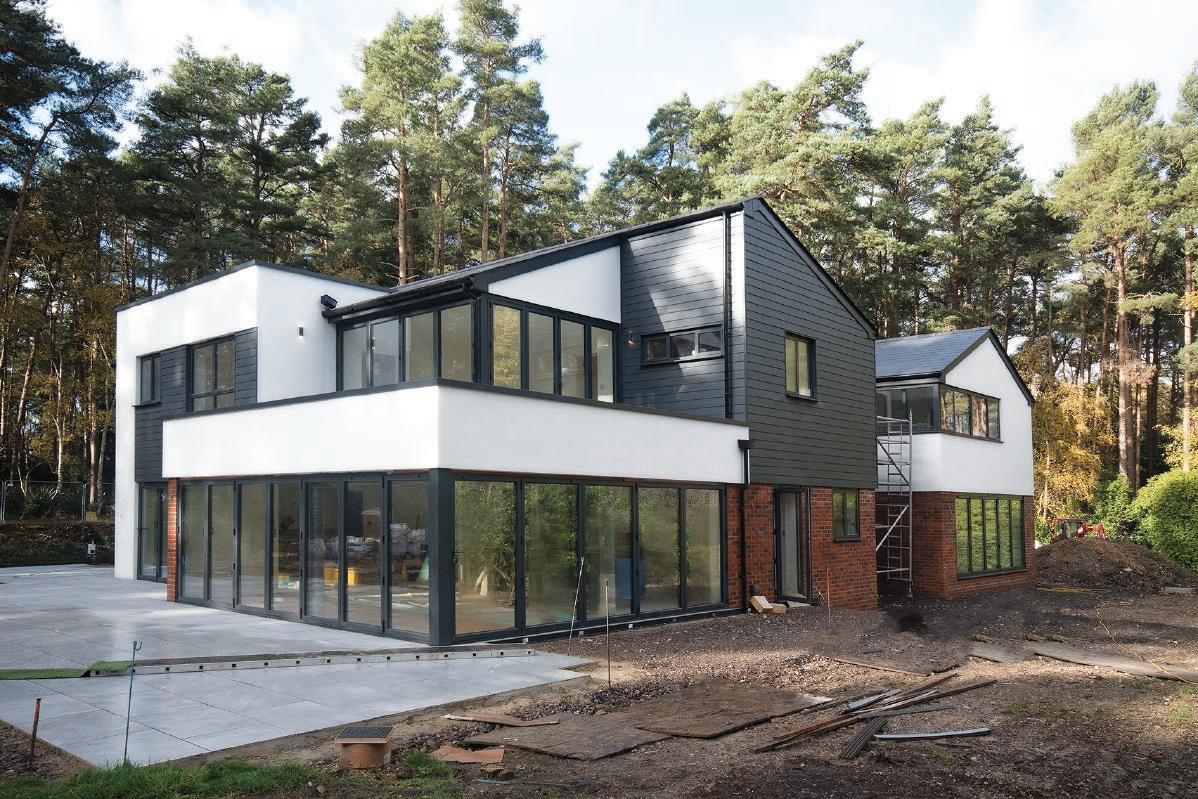

We pride ourselves on being design led and client focused. Please contact us today to start your home improvement journey.
David Holtham: 07971 316499
Lucy Newman: 07971 316 497 www.hnarchitects.co.uk

Maximise the space in your home, with a Lush Loft Conversion
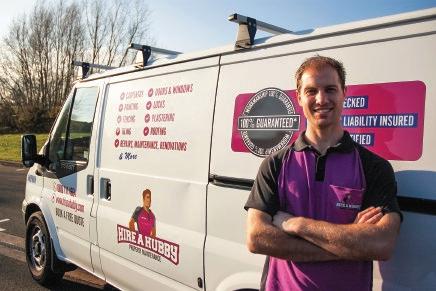
We can convert your unused attic or loft space into a functional and usable room, strengthening the existing roof structure, adding insulation and windows, installing flooring, and fitting electrical and plumbing services. Add valuable living space to your home without the need for a costly extension. Contact us today to discuss your requirements.
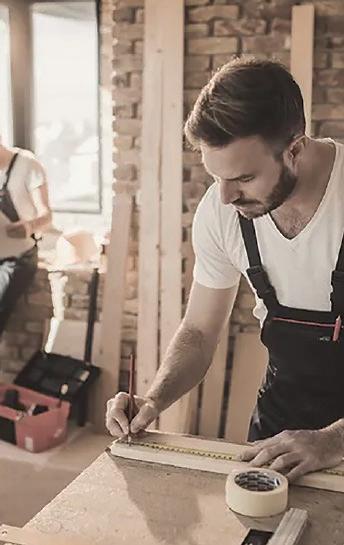
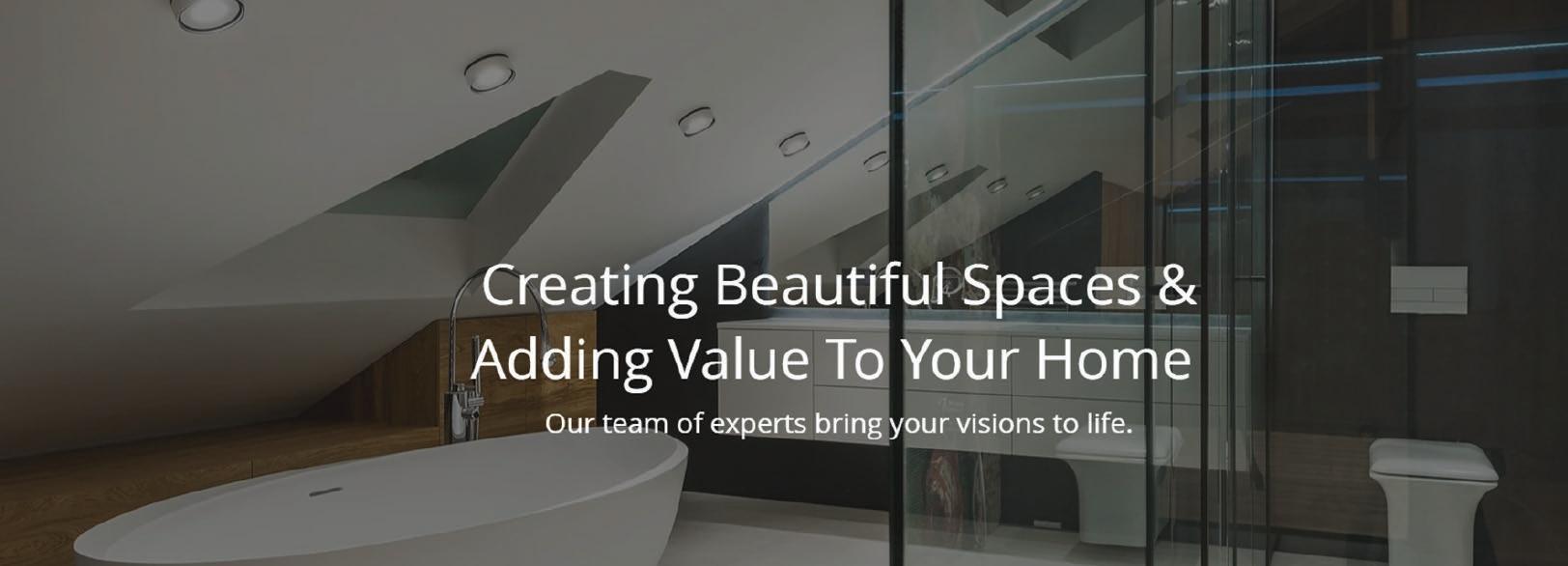

info@lush-lofts.com | www.lush-lofts.com

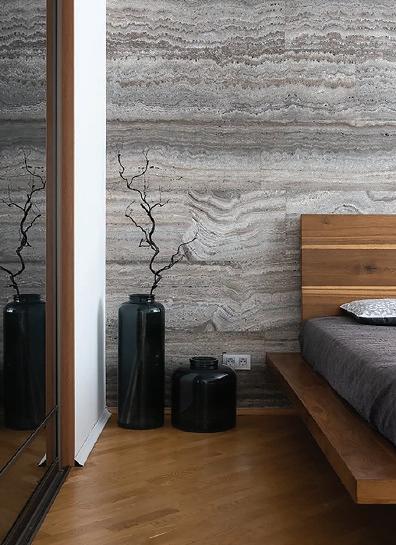
07590 762932

Interior designer Victoria Willson explains to Wokingham Local how when working with her clients she likes to pay attention to the way spaces in their homes makes them feel.

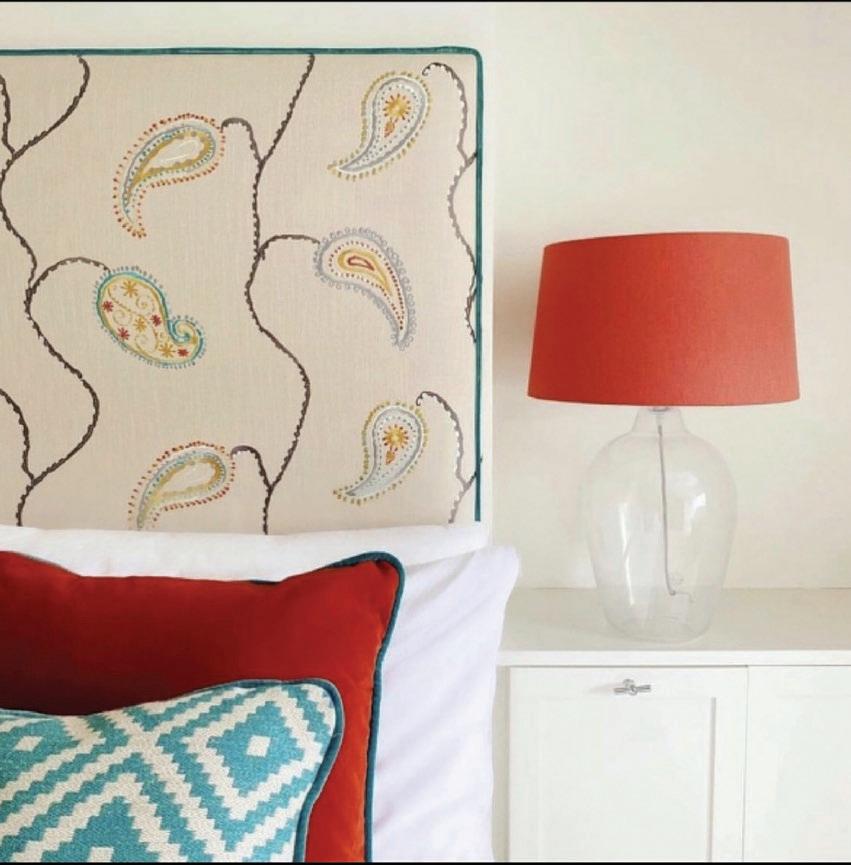
Lighting
Gone are the days of turning on the ‘big light’. We are now using a combination of various light sources in a space including cosy table lamps, funky floor lamps and practical task lighting. Lighting can transform the mood and atmosphere in a room and helps us to use our spaces better. I always try to include at least 3 different lighting options into my designs to give my clients the flexibility to change the mood of their room.
Texture https://www.victoriawillsoninteriors.com
Texture adds depth and dimension to a room. Without texture a room will feel flat. Layering a variety of materials can help to add texture and create a welcoming and warm atmosphere. I love to mix natural materials such as wood and stone with cosy rugs and sheer curtains, this combination can be both calming and energising simultaneously.



Curves
I’m such a big fan of curves in a space. A room is typically dominated by straight lines and angles. I’m seeing more and more curves in interior design in the form of lighting, doorways and furniture. I’ve recently included a curved sofa in a client’s living room design which creates a more soft and less formal look. In front of the sofa we’ve placed a round coffee table which gives you more room than a square or rectangular table. You can’t help but relax in a space with curved edges.’’ www.enchanting-glass-designs.co.uk gayle@enchanting-glass-designs.co.uk

T:










